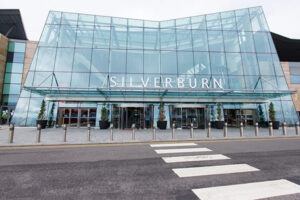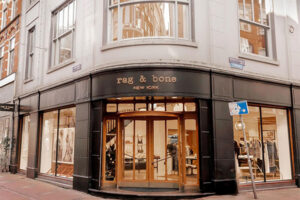BY JÖRG F. BITZER
In Europe, many take the opening of the Main-Taunus-Center (close to Frankfurt, Germany) in 1964 as the beginning of the history of modern shopping centers on this continent.
Some department stores, like Breuningerland in Stuttgart, Germany, have developed into very successful shopping malls in the meantime. These have often been around for well over 100 years. Excluding these, however, we may consider the year 2014 as the 50th anniversary of modern shopping malls in continental Europe.
From a retailer’s standpoint, it is unsurprising that the major factor that has always dominated modern retail has not changed at all: In shopping malls as everywhere else, it is about location, location, location, whether it is proximity to an entrance, adjacency to an anchor tenant, the distance to the closest elevator and/or escalator, or the distance to the nearest parking opportunity. The location within a mall remains a critical factor for success.
Two other factors that are just as important now as they were five decades ago, for shopping centers and high-street locations alike, are the shop frontage and the compromise that is almost always necessary between landlords’ uniform requirements for outside presentation and tenants’ understandable wish for corporate identity and identical brand recognition worldwide.
What clearly has changed over the past 50 years is what retailers now require from shopping center owners and operators. Providing accessibility, security, climate comfort, and an attractive environment are still absolute necessities, but they are clearly no longer sufficient to operate successfully.
Today’s retail tenants demand defined strategies for tenant mix, marketing strategies, differentiation criteria, and concepts for spending time within the mall without the immediate necessity to shop (such as sophisticated leisure activities, inviting gastronomy concepts, outstanding event planning, and extraordinary brand attractiveness). With the number of shopping centers still increasing in almost every European country, competition for customers remains fierce, to say the least. It can only be won if all operating concepts remain fresh and updated to match consumer demands that change almost daily.
On top of this come the requirements for online retail and further changes to retail concepts that apply not just to stores, but also to whole shopping centers. This forms an additional challenge for shopping centers from a retailer’s point of view. When a store is no longer primarily a shopping opportunity but becomes a pick-up point or a location for brand presentation, the old models of rental contracts (based upon turnover and in store-sales) become outdated as well. When the topics “visitor-based rents” and “entrance fees for successful entertainment/shopping malls” were mentioned at the ICSC world conference two years ago, many smiled, thinking this was all still a long way off. Today, less than 24 months later, the first concept is already finding an increasing number of willing parties trying to incorporate such structures into their lease contracts.
The retail business will continue to change as much in the future as it has in the past. Serving its clients remains the retailers’ top priority. The main requirement for shopping malls will be to do the same for the retailers, viewing them as THEIR customers!
What is your opinion on this topic? Discuss it with us! Send your opinion to opinion@across-magazine.com !






